How many SSDs can a PC Have?

Ever wondered How many SSDs can a PC Have?
Whether you’re a dedicated gamer, a dedicated content creator, or simply a computer buff looking for speed and effectiveness, maximizing your PC’s storage with Solid State Drives (SSDs) can be a game-changer.
Before we dive into the numbers and procedures, understanding the role and benefits of SSDs in enhancing your PC’s performance is crucial. From blazing-fast boot times to quick data access, SSDs can knowingly boost your computer’s speed and productivity.
But just how many of these power-packed drives can you fit into your system? This guide is here to break it all down for you, in simple, easy-to-understand standings.
What are the SSDs?
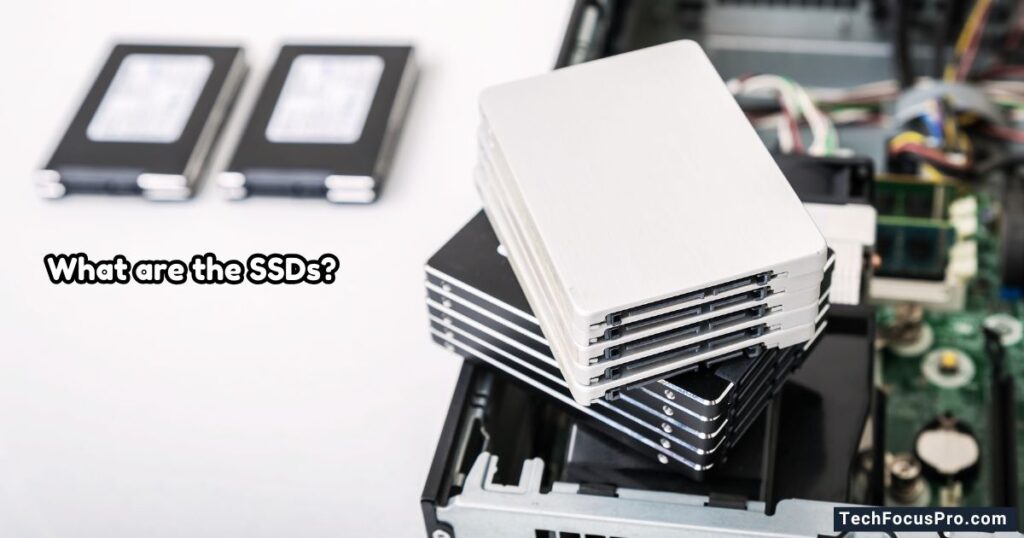
Solid State Drives, or SSDs, are like a contemporary kind of storage for your computer. Unlike the big hard drives that have moving parts (think of them as really tiny record players), SSDs don’t have any moving parts at all.
This makes SSDs way quicker for starting up your computer, opening programs, or loading games. They’re also more dependable because they’re less likely to break if you bump or drop your computer. In sum, SSDs give your PC a big speed boost and are usually more tough related to the old-school hard drives.
Factors Determining the Number of SSDs a PC Can Support
Motherboard Slots and Connectors
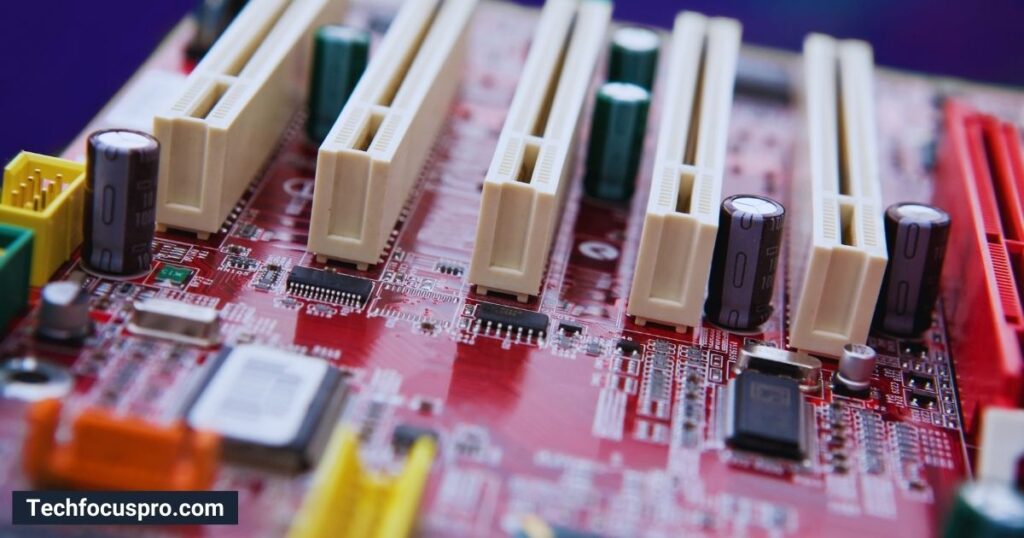
Explanation of SATA and M.2 Connectors
The motherboard in your PC is like the key center where everything connects, and this includes your SSDs. Two communal types of connectors for SSDs on motherboards are SATA and M.2.
SATA connectors have been around for a while and are used not just for SSDs, but also for older hard drives and optical drives.
They offer dependable speeds that are great for most users, but they’re not the reckless option available today. Each SATA connector on your motherboard permits you to connect one SSD or other drive.
M.2 connectors, on the other hand, are a newer type of connection that’s smaller and allows for even quicker data transfer rates, making them perfect for SSDs.
M.2 SSDs are dense and plug directly into the motherboard without demanding a separate cable, saving space and improving speed. Some M.2 slots also support NVMe technology, which offers faster data transfer speeds than SATA.
The Role of PCIe Slots in SSD Connectivity
PCIe slots are another significant part of the motherboard. While they’re often used for graphics cards, they can also be used for SSDs, specially those planned to take advantage of NVMe speeds.
PCIe SSDs are even faster than M.2 NVMe SSDs because they use more data paths to transfer data, making them an excellent choice for tasks that require the fastest data access possible, like high-resolution video editing or heavy data analysis.
However, using a PCIe slot for an SSD means you might have fewer slots available for other cards, so it’s a trade-off you’ll need to consider.
Also Read: Is RAM a Software or Hardware?
Physical Space Within the PC Case
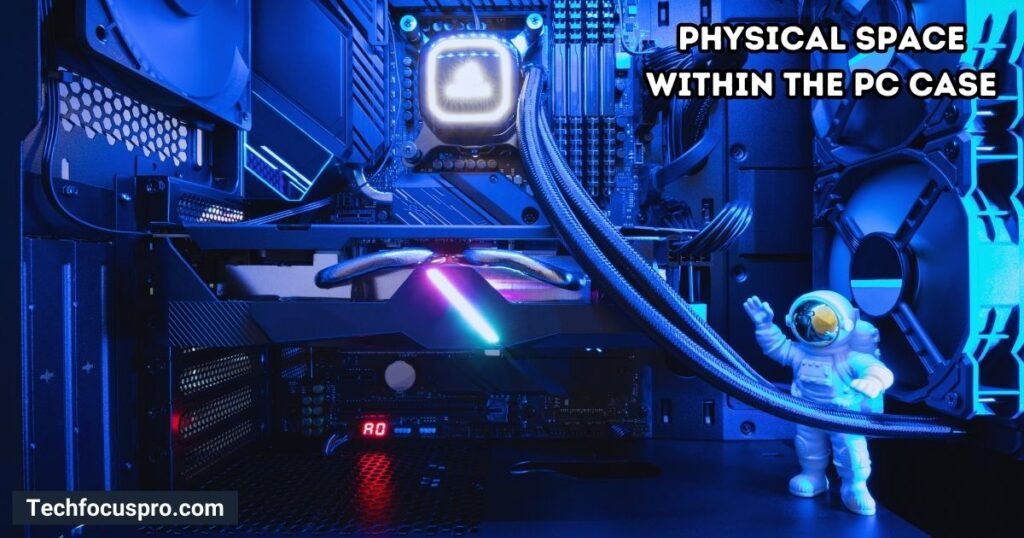
When figuring out how many SSDs you can add to your PC, an essential factor to consider is the actual physical space you have inside your computer case. PC cases come in various sizes, such as full tower, mid-tower, and mini-ITX, each offering different amounts of space for storage devices.
Size Constraints for Different PC Cases
Full tower cases offer the most room, allowing for multiple SSDs, including both SATA and M.2 types, along with other components. Mid-tower cases are a more common choice and can still accommodate several SSDs, but you may need to be more mindful of spacing and cooling.
Mini-ITX cases are the most compact, designed for small-form-factor builds, and while they offer limited space, clever layout planning can still permit the inclusion of one or two SSDs.
Mounting Options for SSDs
Fortunately, SSDs are more flexible than their bulkier hard drive counterparts when it comes to mounting options. Many PC cases feature dedicated SSD mounts or trays, which might be located behind the motherboard tray, in the hard drive bay, or even on the case’s bottom.
M.2 SSDs are even more space-efficient since they attach directly to the motherboard, requiring no additional physical space. The key is to ensure your case layout supports your desired number of SSDs while maintaining good airflow for cooling.
Power Supply Capacity
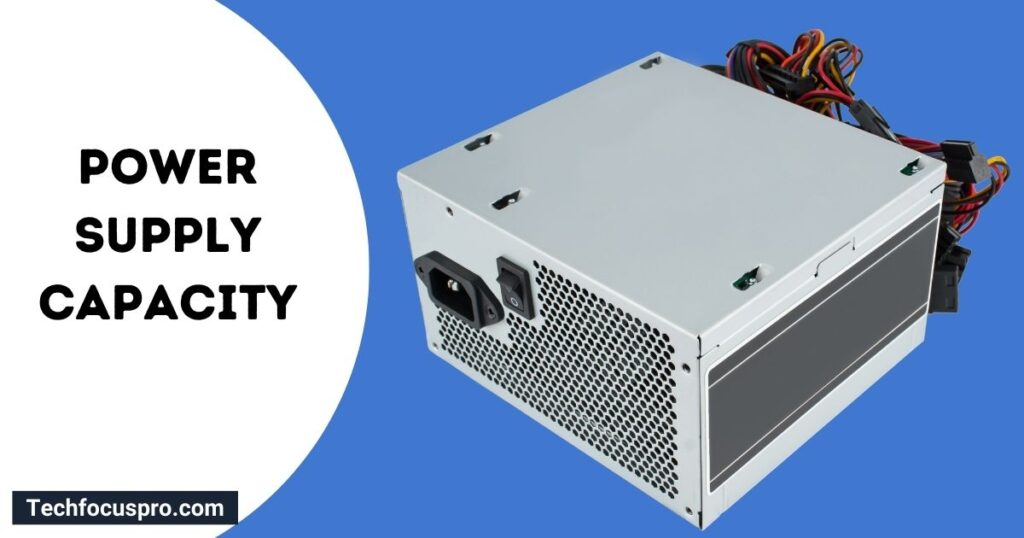
How the Power Supply Limits the Number of SSDs?
One of the lesser-known facts about adding SSDs to your PC is the role of the power supply unit (PSU). Every constituent in your computer, including each SSD, needs power to operate. While SSDs are usually more power-efficient than out-dated hard drives, the overall power consumption can add up if you plan on installing several of them.
The power supply unit in your PC has an extreme wattage rating, meaning it can only provide a certain amount of power to all components combined. If the total power request from your components (CPU, GPU, SSDs, fans, etc.) exceeds what your PSU can deliver, your system may face shutdowns or fail to boot.
SSDs don’t consume a lot of power, especially when associated with high-end graphics cards or powerful CPUs. However, it’s vital to account for their power usage in your total power budget. Most SATA SSDs require about 2 to 3 watts when active, while M.2 NVMe SSDs can use a bit more, around 3.5 to 7 watts, due to their faster speeds and higher presentation.
When scheduling to add multiple SSDs to your PC, consider checking the power consumption details for each drive and tally them up with the rest of your gears.
Also Read: What three parts of a computer can accept input
What is Average SSD Capacity for Different PC Types?

When considering adding SSDs to different types of PCs, it’s essential to have a general idea of the average SSD capacities suited for each category.
Desktop PCs
For Desktop PCs, which are typically used for general computing tasks like web browsing, document creation, and media consumption, an SSD with a capacity of 250GB to 500GB is usually sufficient. This range provides ample space for the operating system, applications, and a moderate amount of personal data.
Gaming PCs
Gaming PCs, on the other hand, demand more storage due to the size of modern games. A 500GB to 1TB SSD is common, allowing gamers to store several large games alongside their operating system and applications. It’s worth noting that serious gamers often opt for a larger SSD or supplement their storage with an additional SSD to accommodate growing game libraries.
Workstations
Lastly, for Workstations, which are used for more demanding tasks like video editing, graphic design, or data analysis, having an SSD with 1TB to 2TB of capacity is not uncommon. These tasks can often involve handling large files and require significant storage space for both the projects and the associated software.
In each case, the average SSD capacity reflects the typical usage scenarios and storage requirements of the PC type. However, individual needs can vary greatly, so these figures should serve as a general guide rather than a strict rule.
Use Cases for Multiple SSDs in a Single PC
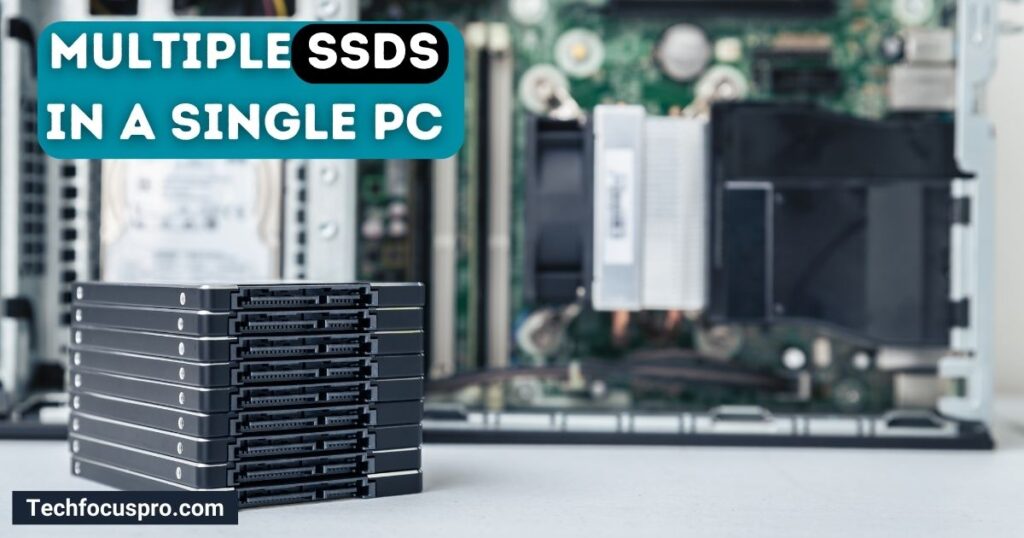
Using multiple SSDs in a single PC can significantly enhance its performance and reliability for a variety of tasks. Here’s a simplified overview of why you might want to consider this setup:
- Dedicated SSD for the Operating System: Having an SSD solely for your operating system (OS) can drastically speed up boot times and overall system responsiveness. This separation ensures that the OS runs smoothly, unaffected by the data storage and retrieval activities of other applications.
- Separate SSDs for Games and High-demand Applications: Gamers and professionals can benefit from using separate SSDs for their games and intensive applications. This not only organizes your storage more effectively but also allows for faster loading times and better performance, as each SSD can be accessed simultaneously without competing for bandwidth.
- RAID Configurations for Data Redundancy and Speed: Setting up multiple SSDs in a RAID (Redundant Array of Independent Disks) configuration can either increase your data security by creating backups (redundancy) or enhance the speed at which data is read and written. For those who prioritize data safety or need to access large files quickly, a RAID setup with SSDs is an optimal choice.
Incorporating multiple SSDs into a PC setup can cater to specific needs, whether it’s for faster system performance, efficient data management, or both. This approach is especially beneficial for those who rely on their PC for gaming, content creation, or other demanding applications.
Recap of Key Points
- Enhanced System Performance: By integrating multiple SSDs, PCs benefit from increased responsiveness and efficiency, crucial for both general computing and demanding tasks.
- Understanding Power Requirements: Recognizing the power consumption of M.2 NVMe SSDs, which is higher due to their speed, is essential.
- Power Supply Unit (PSU) Capacity: Ensuring the PSU supports additional SSDs is vital for system stability and performance.
- Average SSD Capacity: Tailored to different PC types—250GB to 500GB for Desktop PCs, 500GB to 1TB for Gaming PCs, and 1TB to 2TB for Workstations, reflecting their storage needs.
FAQs
Can you have multiple SSDs in a PC?
Yes, you absolutely can have multiple SSDs in a single PC. This setup is great for separating your operating system from your games and applications, or for adding extra storage space. It’s like having different shelves for different types of books, making it easier to organize and find what you need.
How many SSD slots can a PC have?
The number of SSD slots a PC can have depends on its motherboard. Most motherboards offer at least one or two SSD slots, but some can offer more, especially those designed for gaming or professional workstations. It’s like pockets in a backpack – some have more than others!
How much SSD should a PC have?
The ideal SSD size varies depending on what you use your PC for. A basic desktop PC might be fine with 250GB to 500GB. For gamers or if you’re using intensive applications, 500GB to 1TB is a good range. Workstations might require 1TB to 2TB of SSD storage to handle larger files and more demanding software.
What is the maximum capacity of SSD for a PC?
The maximum capacity of an SSD for PCs keeps growing, but as of now, you can find SSDs that offer up to 8TB of storage. This is plenty of room for most users, providing ample space for games, applications, and personal files. It’s like having a huge warehouse at your disposal, where you can store just about anything you need.
Final Thoughts on Maximizing the Number of SSDs in a PC
Using multiple SSDs offers several advantages, such as dedicated SSDs for the operating system, separate SSDs for games and demanding applications, and the option for RAID configurations to enhance data redundancy or speed. However, it’s important to consider potential challenges like bottlenecks, cooling system requirements, and budget. Future trends in SSD technology and PC design may offer more advanced solutions for incorporating multiple SSDs. Ultimately, thoughtful planning and understanding your specific needs are crucial for boosting both performance and efficiency in a multi-SSD PC setup.





